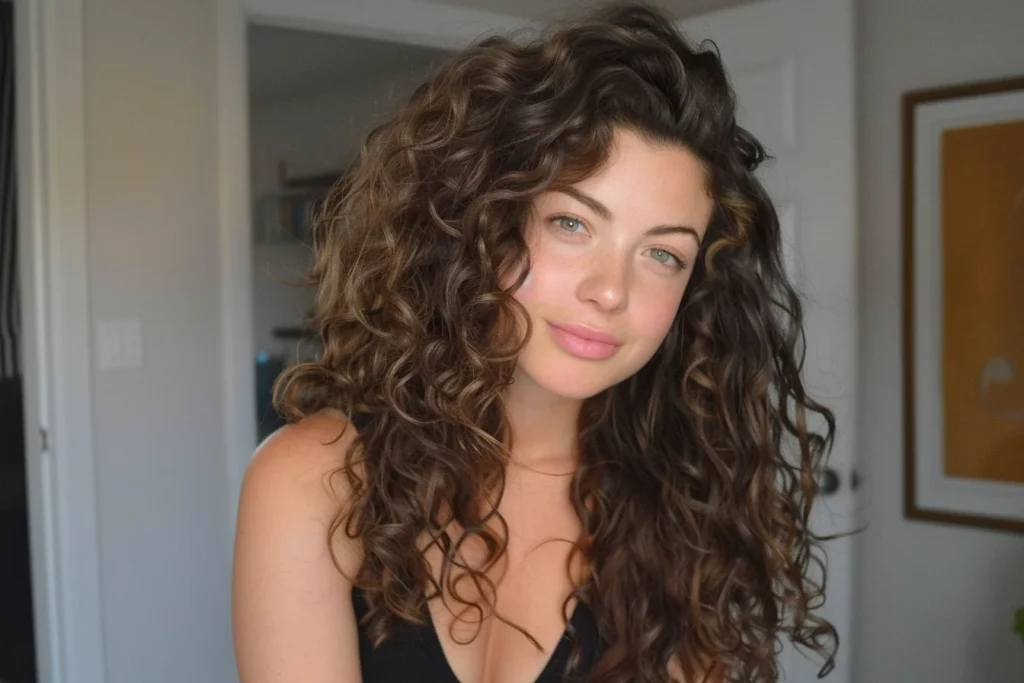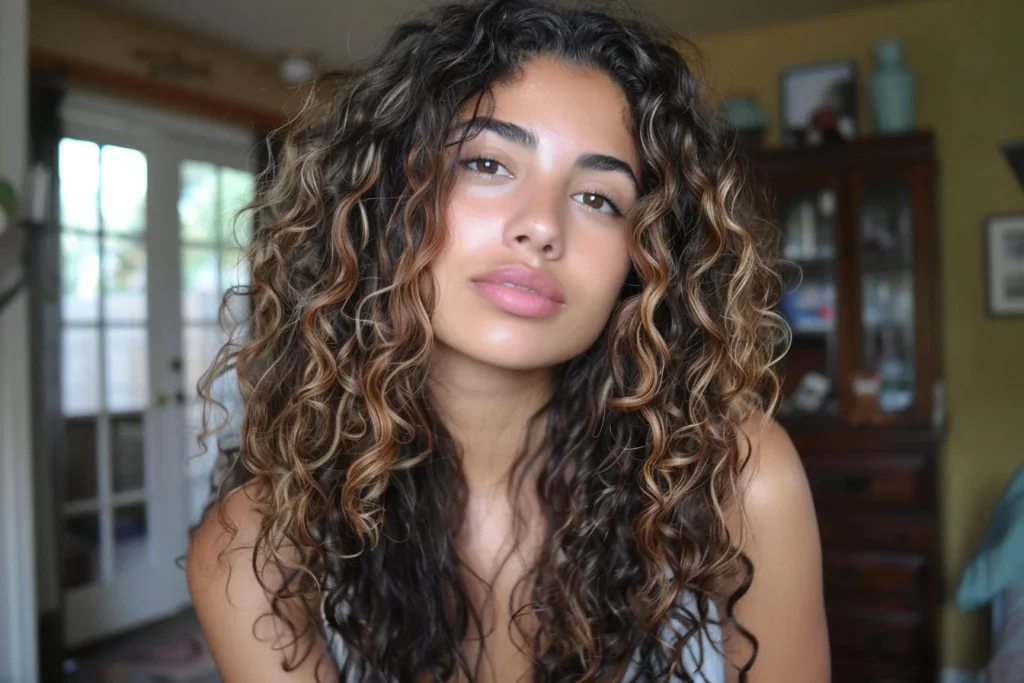Having curly hair naturally, I have learned how to handle my own trims between professional cuts by necessity and experience.
Curlier and coarser hair types are more prone to breakage, so learning how to cut your own curly hair is essential if you want to maintain your style without having to go to a salon every day.
Speaking once about the importance of giving yourself a trim so that your style can last longer. This piece of advice from Lorraine Massey on maintaining one’s style over an extended period has been invaluable.
I’ve collected hints from specialists like Massey, celebrity hairstylist Andrew Fitzsimons, and Annagjid “Kee” Taylor who is the owner of Deeper Than Hair salon for developing my own safe and effective routine for trimming curls at home.
Using their step-by-step guide tailored toward any natural curl pattern.
Here’s what I do:

Tools
The correct tools are very important in this case. Regular household scissors should be avoided as warned by Kee Taylor because usually they are blunt hence causing splitting ends as well as ruin your hair cuticle.
On her advice, I bought Hikari scissors – top-quality shears designed specifically for cutting hair without causing split ends.
Andrew Fitzsimons suggests Equinox Hair Cutting Scissors as an affordable option with a very sharp blade which is crucial for clean cuts without bending or splitting the curls’ tips.
Preparation
Before starting to cut off any part of it, I grab a wide-tooth comb that will be helpful in accurately sectioning off the hair. So that when I am trimming it stays in place and does not get into my way.
Therefore using section clips. This setting enables me to manage manageable sections with my curls thus preventing uneven trims.
Setting up
For the actual cutting session, there must be two mirrors—one handheld mirror and another larger one preferably a full-length mirror so that I can see behind me clearly.
Adequate lighting is also necessary as well as just plain walls. The latter helps me observe my hair’s outline and shape, which is vital to having a nice clean cut.
The Process

When I cut my hair, I always use it in its natural state, i.e., dry and styled in the way that I usually do. This way I can clearly see how curls fall and frame my face so that I don’t end up cutting too much or making uneven shapes.
I start by parting my hair into sections, misting each section lightly with water if they begin to dry out, just enough for curls to spring back into their natural form.
Snipping away the ends curl after curl carefully following the curl’s own shape allows me to go slowly. This approach enables me not to take off overly and retain the natural pattern of my curls.
After Trim Care
Usually after trimming off my ends, I apply a light leave-in conditioner on them just before washing my hair next when this happens.
Trimming my curly hair from home has saved me countless trips to the salon and also given me full control over both the health and the looks of my hairstyle. As such it has become an essential aspect of personal care routine because it keeps them at their best all the time.
Cutting Curly Hair
I have learned the hard way that it is best to do it when it is dry. According to Annagjid “Kee” Taylor, an experienced stylist, one should not fall into the trap of cutting wet curly hair.
In fact, when wet the hair stretches and condenses making it difficult to determine how much you are actually cutting. As a result of this, it may be cut too short because of natural shrinkage as they dry.
Lorraine Massey also suggested that a good time for a trim might be 2 days after washing. During this period, the hair has become what its true form is meant to be. This way you will be working on your hair as you usually wear it which is dry rather than wet.
Massey stressed that people should avoid trimming their hair after straightening or styling with heat as these styles alter your natural curls and can make you get cuts that do not fit in with your everyday look.
Hair Positioning Prior Cutting

I start by allowing my own curls to take up their natural positions whenever I want to trim them myself. After gently tilting my head from side to side, curls fall naturally upon each other. It helps me know how curls lie and interact among themselves.
If my hair is longer than my shoulder length, then I part in the middle and bring them forward over my shoulders almost like two pigtails at either side of my face.
This would enable me to see the ends clearly thereby enabling me to decide how much they need trimming.
RELATED: The Surprising Diets That Could Be Slowing Down Your Hair Growth
Massey recommends snipping off just a small fraction of an inch—because once curly hair bounces back it can reduce dramatically hence such a small trim could make a big difference.
Trimming Technique
Starting from the front sections of my head according to Taylor’s advice I work on individual curlers and cut only those which are split or dead at their ends off.Afterward, as I move towards the back of my head, I slightly tilt it forward and bring each section in front to have full control and visibility.
It is important to work on small sections at a time. This will prevent one from cutting too much hair and also preserve its natural shape. This allows me to only take out what is required, thus maintaining the general health and beauty of my curls.
RELATED: How a Dirty Hairbrush Can Negatively Affect Your Hair’s Health
I learned through this process that trimming curly hair required patience, precision, and recognizing uniqueness for every curl.
By doing so I can maintain the length as well as the healthy state of my hair leading to an attractive appearance of my curls.

